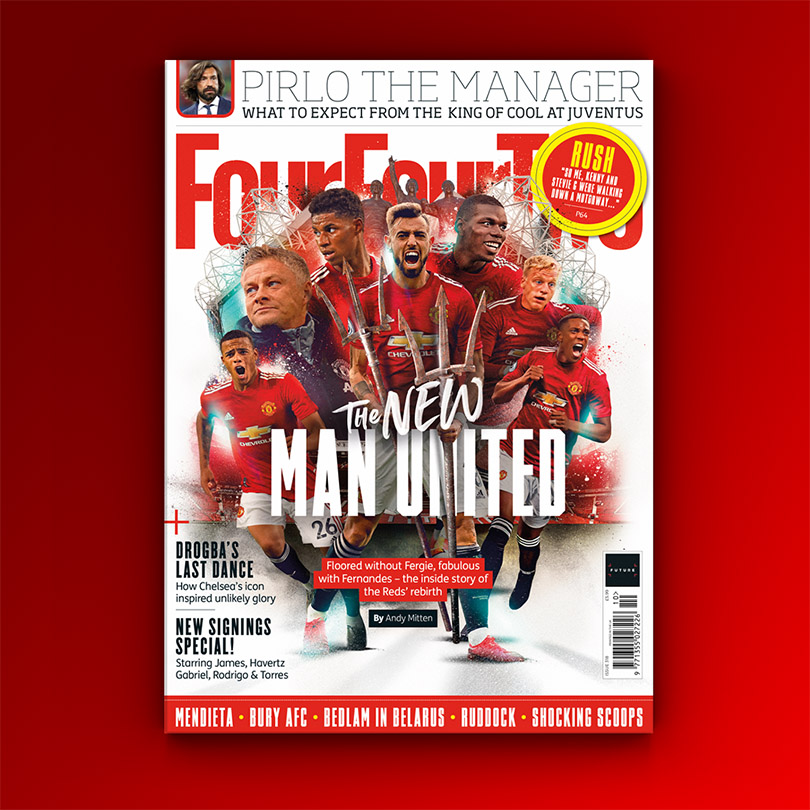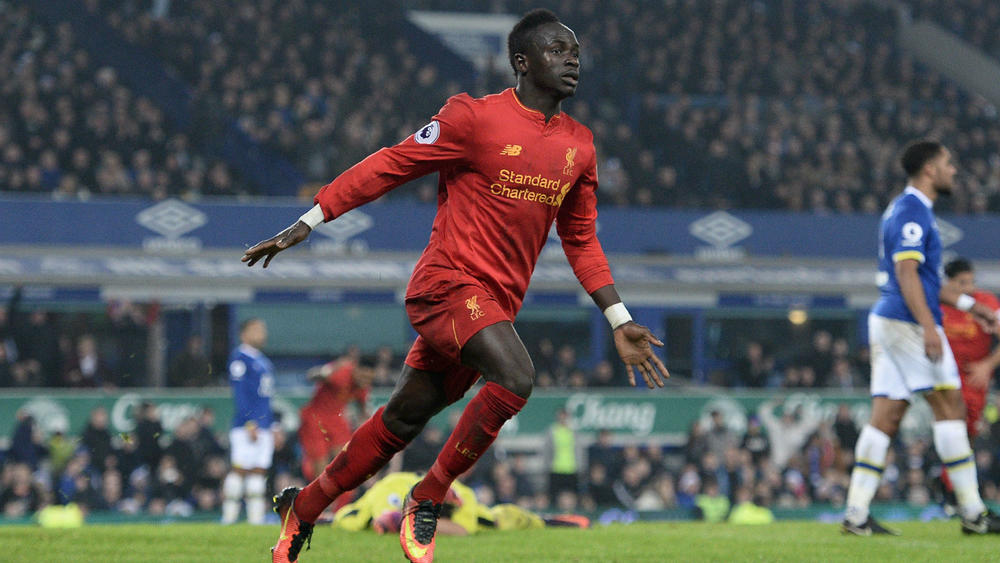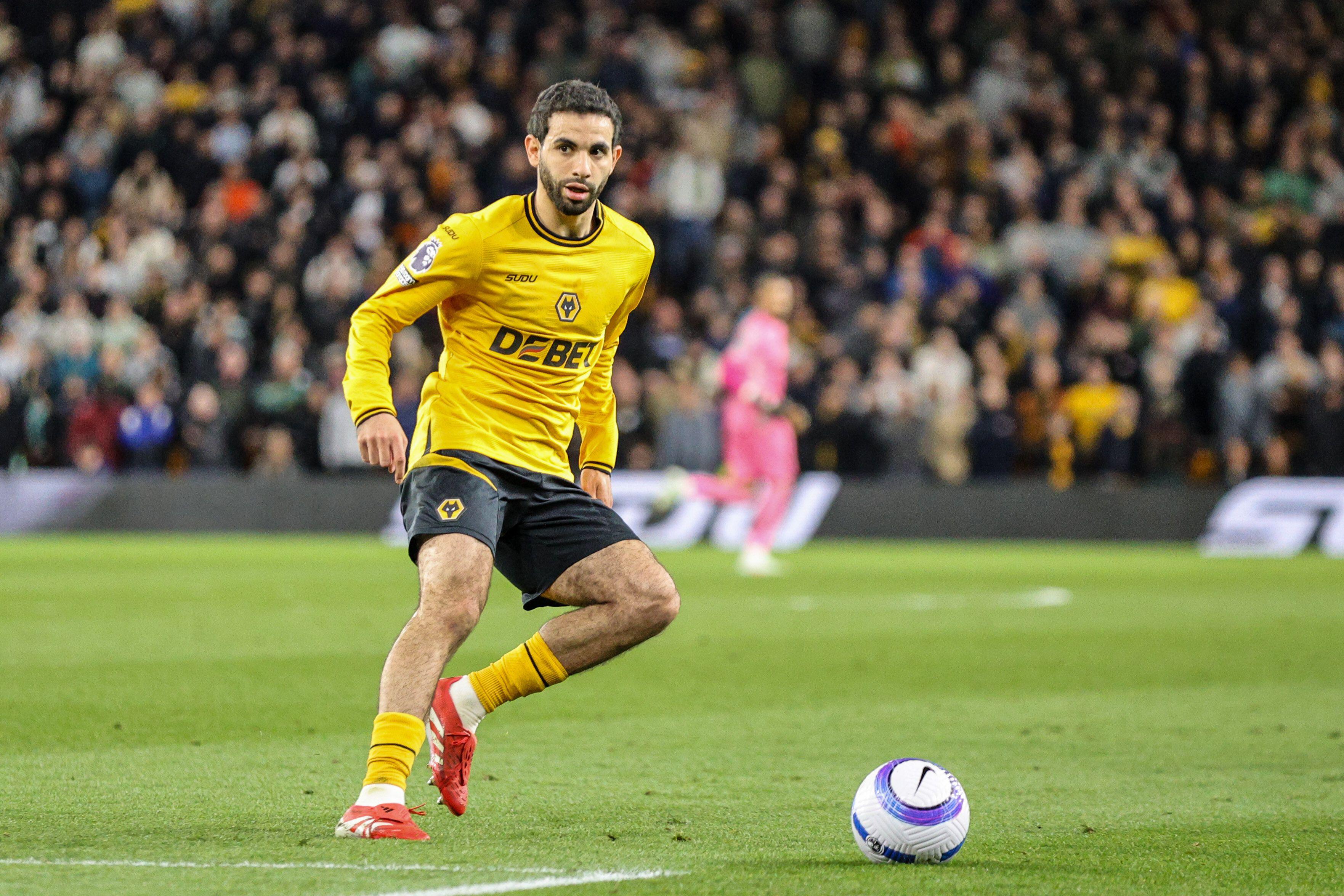Diogo Jota's transfer to Liverpool explained: Following the Sadio Mané blueprint
Diogo Jota shares many similarities with the young Senegalese forward who joined Liverpool five years ago - the job now is emulate his success

Potential. Unpredictable. Press. Speed. Options. Jurgen Klopp’s first answer about Diogo Jota seemed to contain a checklist of what he wants in an attacking signing. Liverpool’s buys tend to be on an upward curve in their careers, ready to be moulded by Klopp. Their forwards tend to be neither really wingers nor strikers but hybrids capable of flourishing in the channels.
In the space of a paragraph, Liverpool’s surprise move for Jota made sense. A leftfield transfer few predicted has bought them a new left winger. An eventual sum of £45 million has given them an understudy to Sadio Mané and, either directly or indirectly, given the Senegalese’s ability to switch flanks, Mohamed Salah.

Mane represents the obstacle, the role model and the roadmap. Rewind four years - the winger Liverpool acquired, Klopp’s first major signing, had certain similarities with Jota now. He had helped Southampton to seventh and sixth, whereas the Portuguese had taken Wolves to seventh and seventh. Mané was 24, Jota is 23.
They were sporadically brilliant, but also inconsistent. Many a forward scores in fits and spurts, but that tendency is more pronounced in the early-period Mané and the more recent Jota. The older man finished his Southampton career with eight goals in as many games, but he had failed to score in the previous 16. Jota had droughts of nine and eight matches last season and ended with one goal in his last 13 outings. He nonetheless recorded a very respectable 16 goals, the highest tally of anyone outside the big six who was not a specialist striker.
His time at Molineux showed an ability to score against elite opponents – Arsenal, Chelsea, Tottenham and Manchester United – which echoed Mané’s record at Southampton. And yet that propensity to blow hot and cold was such that a scorer of two Europa League hat-tricks last season was only the second attacking substitute Wolves used in their biggest European match for almost half a century.

LONGREAD He's building a hospital, a school and a mosque – Sadio Mané's incredible journey
The challenge for Jota is to become consistent in the way Mané, who has not gone six matches without scoring since 2018, has, to turn intermittent excellence into a permanent threat. The encouraging element is that Klopp took Mané, who finished fourth in the voting for the Ballon d’Or last year, to another dimension. The five-year difference in their ages suggests the newcomer is his potential successor.
Get FourFourTwo Newsletter
The best features, fun and footballing quizzes, straight to your inbox every week.
And yet there is a fundamental difference. Mané was a major objective for Klopp, who admitted he regretted not signing him for Borussia Dortmund. Jota did not just feel an afterthought after Liverpool bought Thiago Alcantara, albeit a more expensive one. He stands out because he does not conform to the pattern of recruits that propelled Liverpool to the Premier League and the Champions League.
There is no doubt Timo Werner was their intended prime attacking addition this year. It is entirely understandable that coronavirus has altered plans and he went to Chelsea instead. There are factors that facilitated Jota’s move: the low fee up front, the reality Ki-Jana Hoever has gone to Wolves in part-exchange. But he feels a compromise choice for a club whose transfer-market prowess in recent years has stemmed from a refusal to sign anyone other than the first-choice target.
Liverpool did not scour the lower reaches of their shortlists after failing to get Alisson and Virgil van Dijk. They bought the man they wanted most. There can be no pretence that Jota falls into the same bracket. Instead, he ticks many a box on Liverpool’s checklist. But to become a Mané-esque threat in the penalty area means a player who is potent on his day will have to ensure those days are more frequent.
While you’re here, why not subscribe to the mag - and get every issue delivered to your door!
NOW READ...
FPL FourFourTwo writers share their Fantasy Premier League picks
FIFA 21 The 100 best players revealed
GUIDE Premier League live stream best VPN: how to watch every game from anywhere in the world
Richard Jolly also writes for the National, the Guardian, the Observer, the Straits Times, the Independent, Sporting Life, Football 365 and the Blizzard. He has written for the FourFourTwo website since 2018 and for the magazine in the 1990s and the 2020s, but not in between. He has covered 1500+ games and remembers a disturbing number of the 0-0 draws.

